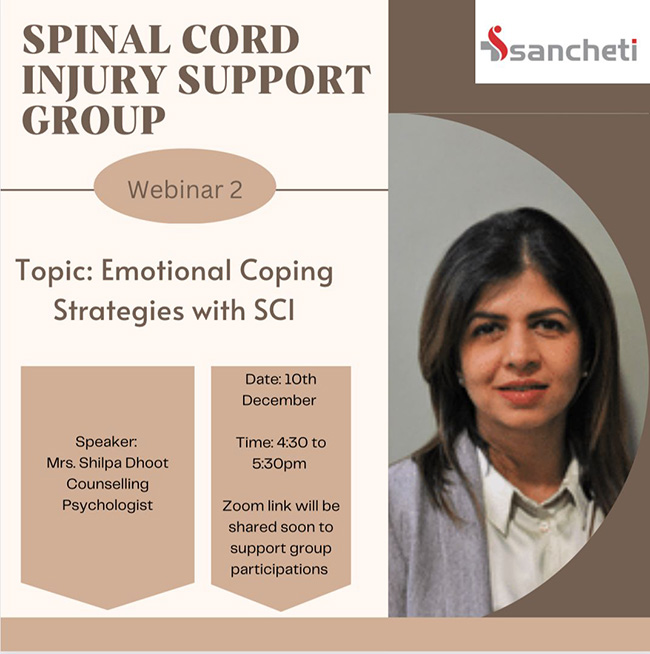Neurological conditions consist of various types of clinical representations that in turn cause different types of functional limitations. However, if one carefully notices the common problems that contribute maximally to functional limitation and needs a greater physiotherapy role, then it has to be abnormal tone, muscle weakness and improper control, coordination and balance. Thus most of the patient’s limitation due to neurological disorders is centred around these abnormalities. Hence most of the approaches are targeted either to increase the strength or improve the control or normalize the tone.
Various Neurological Approaches:
It is essential one is quite familiar with the various types of approaches used for neurological disorders and they are as follows:
- Neurodevelopmental approaches
- Sensory integration
- PNF
- Motor relearning program
- Brunnstorm techniques
- Rood’s technique
- Neurodevelopmental Approaches: The use of handling techniques remains the tool used to inhibit undesirable and inefficient postural control. Facilitation of more functional control of movement remains the goal of this approach.
- Sensory integration: Sensory integration is the term used to indicate a therapeutic procedure, which combines various forms of sensory input to get the desired motor response. Sensory integration uses Vestibular based activities, Tactile based activities, Proprioceptive activities, Coordination activities, etc.
- PNF: It deals with making use of the proprioceptor to modify the action of the motor system. The main proprioceptor utilized for this purpose is the muscle spindle. In the rehabilitation of neurological conditions, PNF can be used for strengthening and lengthening. The commonly practised PNF techniques are hold-relax and contract-relax. Depending on the subjective needs of the patients, rhythmic initiation, rhythmic stabilisation, reciprocal inhibition, the combination of isotonic, etc. are used.
- Motor Relearning Program (MRP): MRP is done in 4 Steps which include, observation of the patient’s performance to the task, followed by practising the missing component using visual, and auditory feedback, practising the whole task and finally transfer of training.
- Brunnstrom: The technique developed by Brunnstorm produces motion by provoking primitive movement patterns of synergistic movement patterns which are observed in fetal life and after pyramidal lesion. This technique is quite extensively used to develop tone in the flaccid (no tone) stage of hemiplegia and in the pure pyramidal lesion.
- Roods techniques: Various facilitatory and inhibitory techniques are used to influence motor response.
The beauty of the various physiotherapy approaches to neurological disorders is their ability to bring about the necessary adaptation required in the central nervous system or even in the peripheral nervous system which contributes to the achievements. Of course, our brain has the ability to mould itself at any age depending upon the various stimulus given or the demand put in due to the ability that is called a Neuroplasticity but this natural process can be facilitated to a greater extent by physiotherapy interventions.
Why Choose Sancheti Hospital, Pune for Physiotherapy?
- 56 Years of Experience in Orthopedic and Rehabilitation.
- Specialized Neuro Physiotherapy OPD Set-up.
- Specialised Team Of Neuro Physiotherapists.
- Use of latest technologies and types of equipment such as Balance Master.
- Special attention to the needs of each patient.
- Hassle-free appointment.










0 comments on “Role of Physiotherapy in Neurological Conditions”